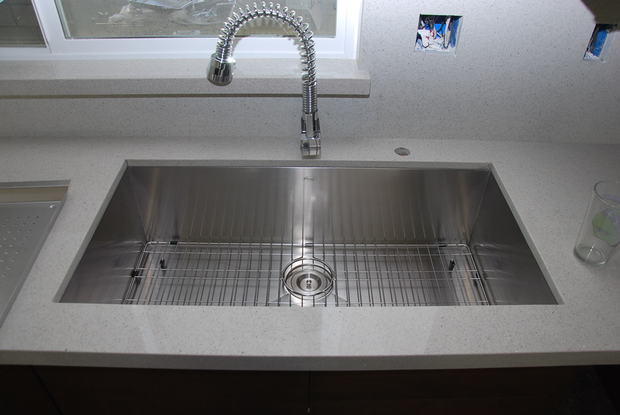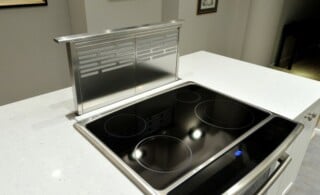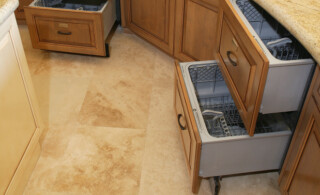
Homeowners that have never had an in-sink garbage disposal system might wonder what the big deal is. Those who have been using a garbage disposal for years, on the other hand, know that they are one of the handiest kitchen additions around. When preparing food or cleaning up after a meal, rinsing off plates, pots, and pans becomes a snap, as you don’t have to worry about clogging the drain with bits of food. The convenience of a sink garbage disposal is so popular that they are found in a large portion of newly constructed homes and condos. If you are thinking of installing a sink garbage disposal system in your home, or of replacing your existing unit, there are a few things to consider.
In-sink Garbage Disposal Basics
Garbage disposals are pretty simple and they all work on a similar principle. They have a flat plate with small, rotating steel mashers, and an inner disposal wall that has “teeth” to do the job of grinding your food waste. A motor inside the unit rotates the flat plate in the food-grinding area. When you switch the unit on, the mashers are forced to swing toward the outside of the spinning plate.
Disposals should be run just until the food has been ground up, which is usually less than 30 seconds. Also, make sure to run a full stream of cold water through the disposal while it grinds. Then let the water run for another 30 seconds after you turn off the disposal.
Types of Garbage Disposals
By far the most popular kind of disposal unit in new homes is the continuous feed. When you place food in the disposal and switch it on, the mashers force food against the teeth of the inner wall and shred it. The shredded food then falls through small holes between the spinning plate and the inside walls, and is diverted into the drainpipe.
The job of the rubber shield at the top of the disposal is to keep fast-moving food particles from being ejected out of the disposal. The stopper lets you plug the sink to hold water when you’re not using the disposal.
Ready to start your garbage disposal?
Find ProsBatch feed garbage disposals
Batch feed disposals function exactly like continuous feed disposals–the difference is only in how you turn them on. To turn these garbage disposals on, you place a special stopper in the disposal opening and turn it. The stopper activates a switch that turns on the disposal.
Dishwasher Garbage Disposals
Just as the name implies, these are separate garbage disposal units meant to grind up food particles in the dishwasher. These mechanisms can be found inside the dishwasher unit, or you may be able to connect our dishwasher to your sink garbage disposal.
Your garbage disposal can jam if something solid or tough gets lodged between the spinning plate and the inside wall of the disposal. There aren’t many parts of your garbage disposal that you can or should service yourself, so be sure to call a service professional for any repairs your disposal may need. And, be sure to never put your hands near the opening while it is running.
Tip: To reduce odors and freshen your drain smell, try grinding a lemon rind into your disposal.
 Undercounter Refrigerators
Undercounter Refrigerators  Finding the Right Electric Range for Your Kitchen
Finding the Right Electric Range for Your Kitchen  How to Fix a Leaking Fridge
How to Fix a Leaking Fridge  In Sink Dishwasher
In Sink Dishwasher  Compact and Counter Top Dishwashers: Save Space with Style
Compact and Counter Top Dishwashers: Save Space with Style 

Are You Familiar With This Topic? Share Your Experience.